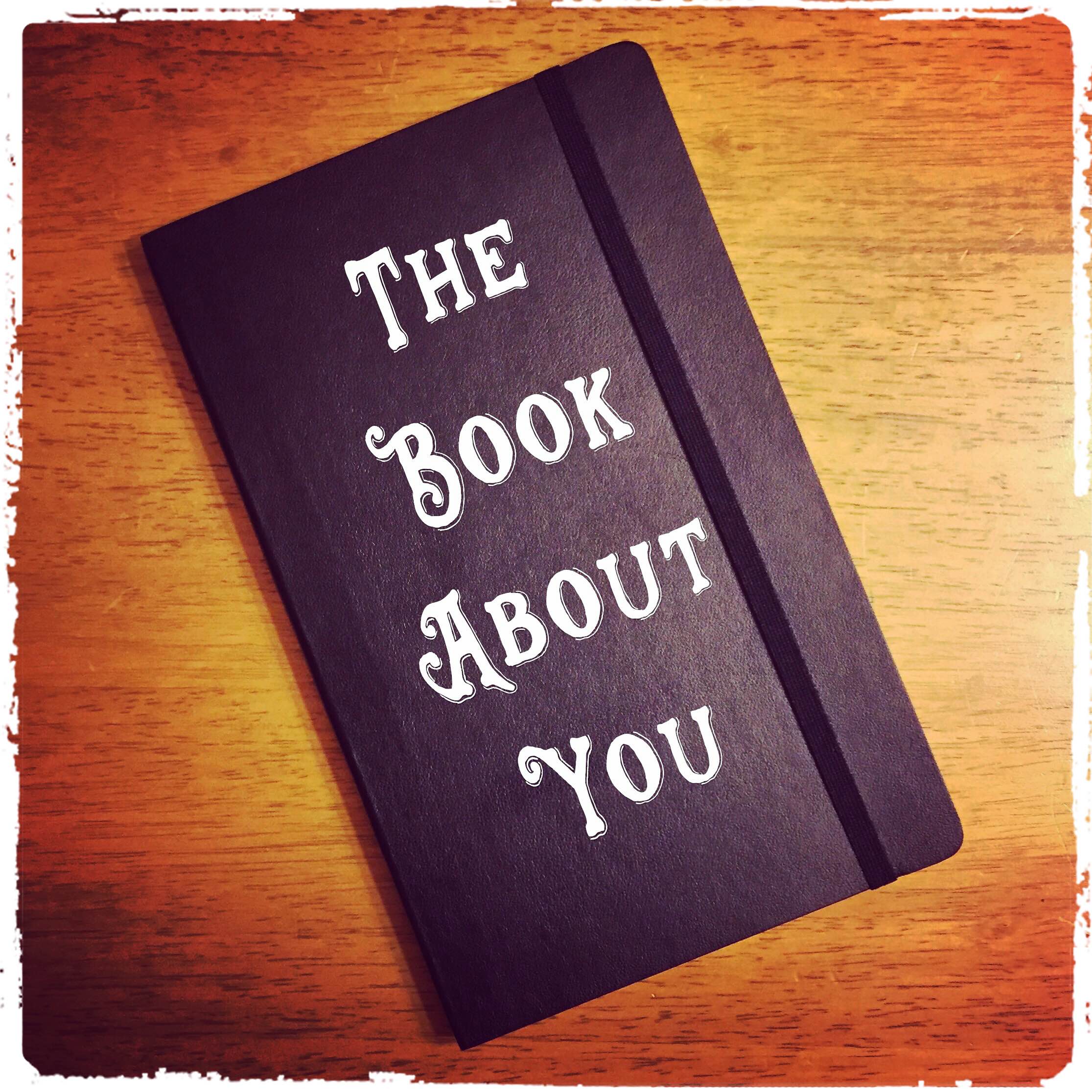You read that right. This book is all about you, and believe it or not — it’s extraordinary.
To begin, write down your story thus far, including some of the major peaks and valleys that have lead you to where you’re currently at. These can be personal, professional or both.
This is the story that’s been written SO FAR, and now comes the truly creative part …
YOU GET TO WRITE THE REST OF YOUR STORY.
Sound scary? Tempted to stop reading (in other words, are you resisting)? That’s OK. But please read on for the sake of your own future.
What we’re really talking about here are goals. And whether your goals are crystal clear, or completely unknown, this article can help move your story forward. Regardless of where you’re at, whether it’s been the most challenging chapter of your life or the most successful, don’t allow someone else to write your story.
Let’s take a look at a process that can help you discover, define, set and accomplish your goals. In other words, what needs to happen — step-by-step — in order to have the story end like you want? If you happen to know exactly what your goals are already, feel free to skip the discovery section and dive right into defining your goals further.
A Practical Plan to Attaining Your Goals
Discovering Your Goals
I wasn’t kidding about writing stuff down, and although there’s no need to literally write an entire book (unless you want to), you’ll need to take out a piece of paper, open a Word doc, or if you’re like me … a Moleskine.
Now, get comfortable in a quiet place where the kids won’t disturb you. Mute your phone, and shut down you email. Close your eyes (or keep them open) and imagine what you’d like your life to look like five years from now — if there were no obstacles in your way. What would you like to be doing with your life or your business? Whatever comes to mind, no matter how outrageous, write it down. And don’t leave out any details!
If you feel stuck, simply ask yourself the following question: what do I love to do the most?
Create your list of goals based on the answer to this question. Let your answer be your focal point, so everything you write down is connected to it in some way. If you focus on doing what you love, you’ll be more apt to do a fantastic job with it. As far as things you “kind-of like to do?” They don’t make the list.
Once your list is complete, set it aside for a couple of days before going back to it and eliminating all but the most interesting things you’re most passionate about. You now have a list of goals to choose from. Which will be the plot points in your story?
Clearly Defining Your Goals
Vagueness leaves us directionless, but goals brimming with details give us a crystal clear view of what our future looks like. Add as many details as you can to each of your goals, making them as vivid as possible. A clearly-defined goal is like an address you type into your GPS. It’s very specific. There’s no doubt about where you’re headed. And if you can’t literally visualize what a goal looks like, just describe it in words.
Setting Your Goals
Next up is setting a step-by-step plan of action. Just remember, you may not have the whole plan in place when you start, but you will be clear on your destination. To begin, document as many preliminary steps as you can. As one of my mentors Zig Ziglar used to say, “go as far as you can see. When you get there, you’ll be able to see farther.”
The most important part of setting goals is to make sure each step (or action) is “bite-sized.” In other words, make sure it’s something you can handle. Five manageable steps get accomplished, while one giant leap often leads to a big fall.
Overcoming Obstacles
Early on, every writer learns about building conflict (obstacles) into their story. And although you won’t intentionally be planning obstacles into your goals, although some of us may be in the habit of getting in our own way, there may be times when you’ll face an obstacle or two on your way to reaching your goals.
I always like to say, an obstacle is like a hurdle, and sometimes it’s just plain easier to walk around it than try to jump over it.
If an obstacle manifests, examine it and turn it into an opportunity. What do you need to do in order to remove the obstacle, crush it into the ground, or simply avoid it? A positive outlook, even in the face of short-term failure, is a major contributor to long-term success. Look at Thomas Edison. Each of his 10,000+ failures to create a workable lightbulb could have been an obstacle that stopped him from continuing. Instead, Edison used failure as a lesson as to what to do differently next time.
Keeping your plan of action flexible, and making revisions as necessary, is a surefire way of increasing your odds for successfully accomplishing your goals.
Put a Date on It!
A goal with a deadline of “one year from now,” is doomed before you start. Why? Because next month your deadline will still be one year from now.
More powerful, and more effective, is to put a specific date on each of your goals. It’s human nature to step it up when a deadline approaches. Make it attainable — and make it specific.
May your story be legendary!
